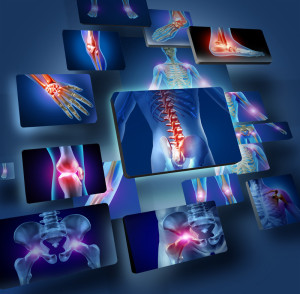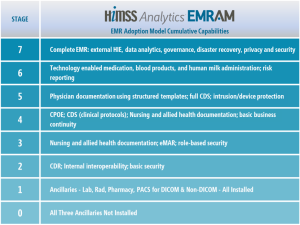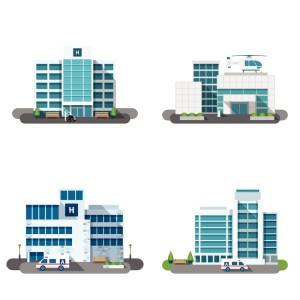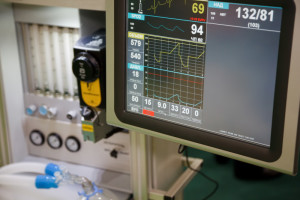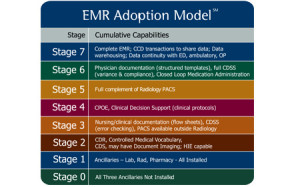That’s exactly what I did the past 6 months. And this week I graduated. From physical therapy that is. I’ve been cut loose. The next few months is all about me maintaining a daily discipline of stretches and  strengthening exercises.
strengthening exercises.
I first shared this journey in the post “Is there an app for that?” back in June. I also talked then about the importance of patient engagement and personalization.
I’m now around a 2-3 on the pain scale and closer to 2 most of the time. My physical therapist said if in a few months, I’m slipping back or feeling more pain I should get another prescription for more PT sessions from my PCP.
The stretches are much easier to make time for every day. There is short term gain plus a tangible benefit – I actually feel less pain. The strengthening exercises are harder to fit in, especially when I get busy or am travelling. With strengthening, there is no short term gain or tangible benefit – it’s all about the long term. Like going to the gym and doing weights.
The recent Fall ritual of raking leaves, bagging them, then carrying them to the curb led to a lot of pain. When I took care of my 2 ½ year old grandson and his 4-year-old sister recently for almost three days, all the lifting involved set me back. And I know the inevitable snow shoveling that is coming this winter will do so as well. My lower back muscles hurt just from all the coughing I’ve done the past 3 weeks with a bad chest cold.
My physical therapist says be sure to engage my core muscles at all these times and it won’t be so bad. I’m sure she’s right. I will try.
I am well armed with knowledge. I know what I need to do and how to do it. Will I slip backwards or continue to own it? Having lived with this low back and hip pain for years until it got so bad that I finally decided to get help, I know how bad it can be.
It’s now up to me. I need to continue to own it. As with any habit or exercise program, time will tell. Maybe an exercise tracking app or just an old-fashioned paper log is what I need.
Related Post:



